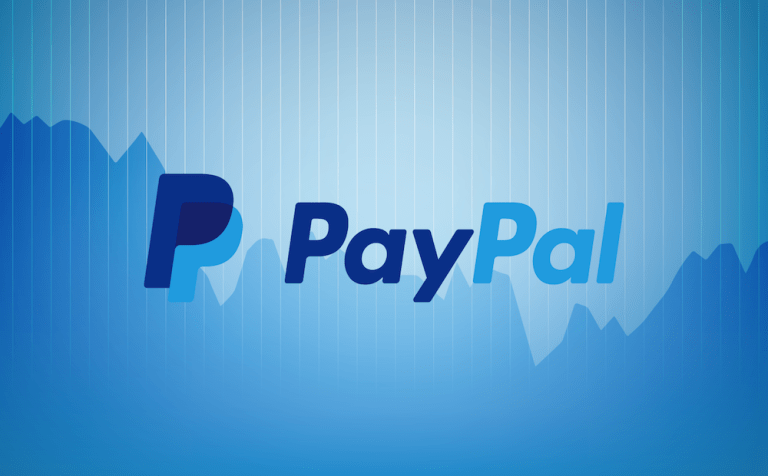
Consumers don’t really care what word retailers and payments providers use to describe a seamless payment experience across all of the places they shop on and offline, or whether that merchant is enterprise large or micro merchant small – they just expect merchants to be there, ready, willing and able to make a transaction happen.
And that means the goal for merchants – small merchants in particular, PayPal’s head of in-store products, Chris Gardner, noted in a conversation with Karen Webster – is to offer customers a smooth, simple experience for buying, whether they’re shopping online, at a craft show, in a pop-up or at any number of points in between.
That “one-stop shop” merchant experience, Gardner said, is one of the reasons that PayPal Here is launching two new card readers – the Chip and Swipe reader and the Chip and Tap reader.
“We really think of this as the next natural evolution of the Here platform,” Gardner noted, adding that it is an offering with a lot of baseline upgrades, including a better battery line, an easier UX and a smaller, compact design. It’s also now totally wireless- and Bluetooth-enabled, so that merchants aren’t dependent on the rapidly disappearing mobile headphone jack.
These new readers offer merchants a number of options to accept digital payments: chip card, magnetic stripe and contactless transactions, including Apple Pay, Google Pay, Samsung Pay and the like, as well as all of the SDKs that enable functionality, such as invoicing, integration with accounting software and loyalty and rewards.
Evolving Behaviors
We’ve come a long way since the early days of mPOS, Gardner mused, which are only about a decade in the making.
“I remember the first time I handed my card to someone to swipe over a phone,” he said, “and [being in payments] how terrified I was because this was back in the really early days of unencrypted readers.”
The evolution over that decade, he noted, has moved consistently toward creating cheaper, easier, faster and more streamlined experiences to which customers very quickly get accustomed. And one that has had some of its earliest successes in the services sector.
“Our services customers tend to have both larger and more frequent transactions – and go on to become some of our most loyal customers,” Gardner said.
He added that although eCommerce merchants may be using the new Here readers to put an omnichannel toe into the physical world, the “services guys” are the heart of the Here platform. PayPal Here, he noted, gives services companies not just a solution for accepting payments in the field, but also a solution for creating invoices that trigger those payments, via PayPal Here’s SDK.
From Here to Anywhere
What small, medium and even micro merchants have in common, Gardner noted, is a need for a one-stop shop for all of their payments and commerce services.
Small merchants, Gardner emphasized, don’t have the time or the appetite for finding and managing a host of vendors to help them manage all their commerce and payments activity.
The eCommerce merchants, in particular, need a fast, easy way to get into the physical world – and the physical world merchants want an easier way to go digital. And regardless of their starting point, Gardner pointed out, every small business needs capital, and PayPal is committed to being their one-stop shop: Here for the physical world, PayPal for the online world and Working Capital to fund their growth.
Instead of three vendors, these merchants can work with one who has a clear line of sight into their business and how to help them grow. After all, Gardner said, every small merchant wants to be a big merchant one day, too.
“When we talk about the democratization of money,” Gardner told Webster, “this is part of what we are talking about – giving small merchants the tools and capabilities that their larger merchant counterparts already have.”
And speaking of larger merchants, Gardner said that PayPal Here and the SDK that supports it has also found its way into larger merchants looking for an easy, hassle free way to enable EMV payments, or payments experiences anywhere in their stores so that customers can skip the checkout line and pay for things right on the showroom floor.
Although it wasn’t the initial use for PayPal Here, Gardner said that once the SDK was created, it became a popular blended channel use for PayPal’s larger, enterprise partners.
“That is what is exciting about working in payments – seeing not just the use cases you imagined, but the extensions that you never originally planned for,” Gardner remarked.